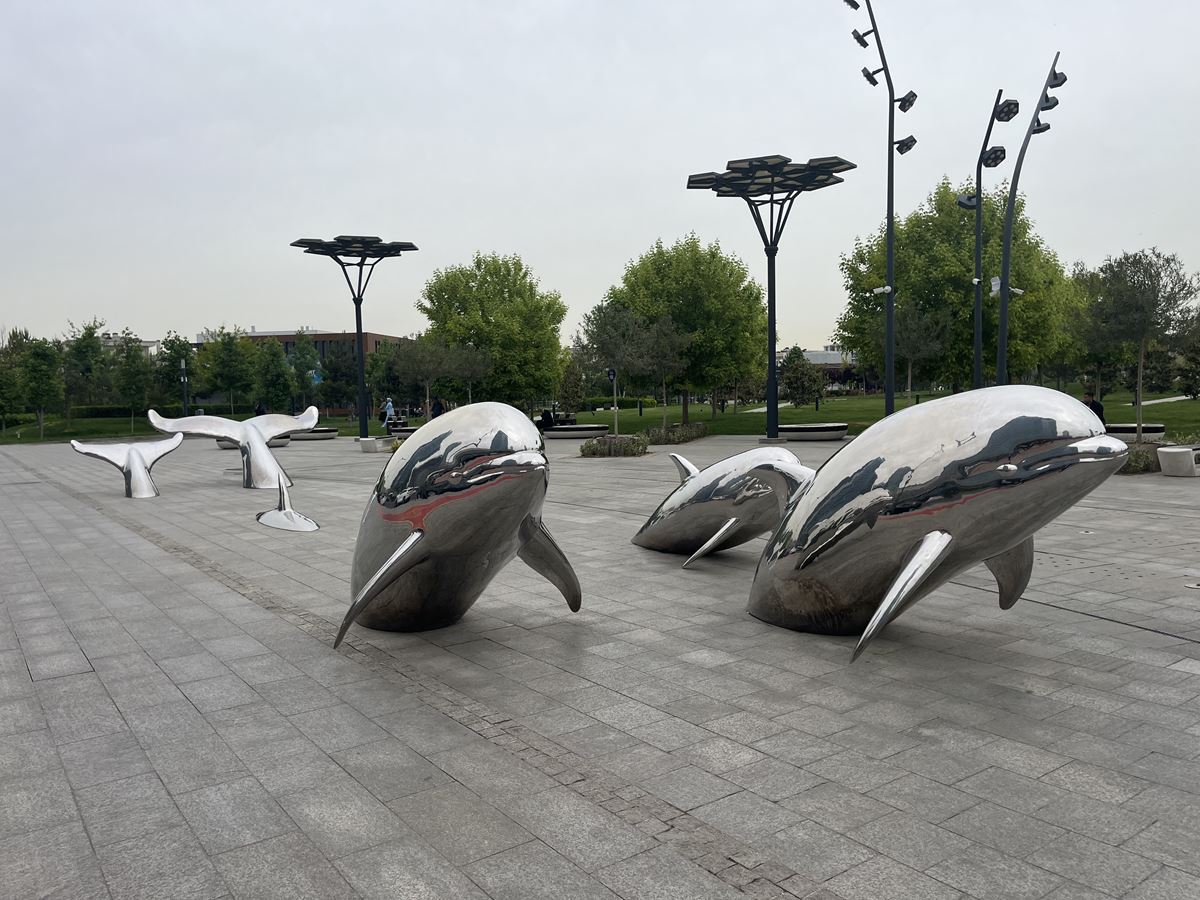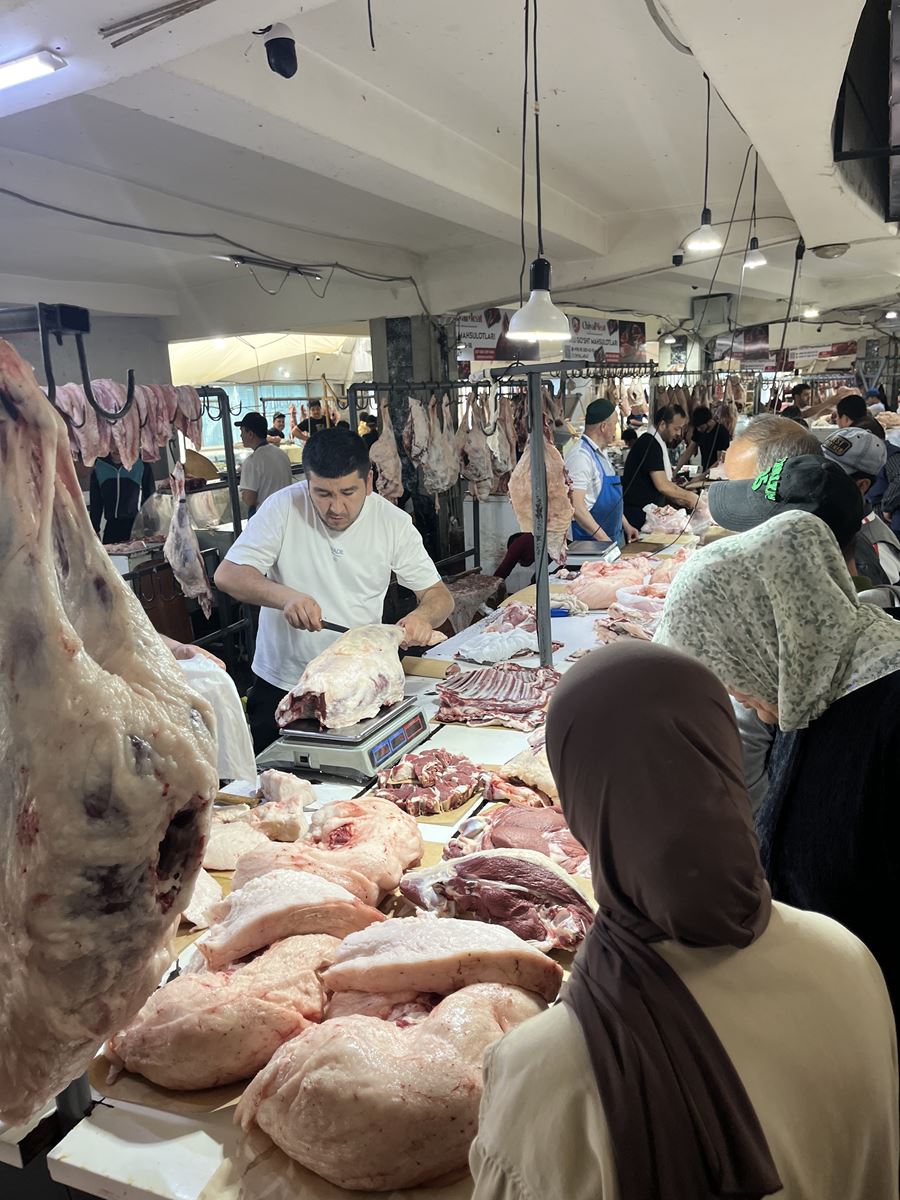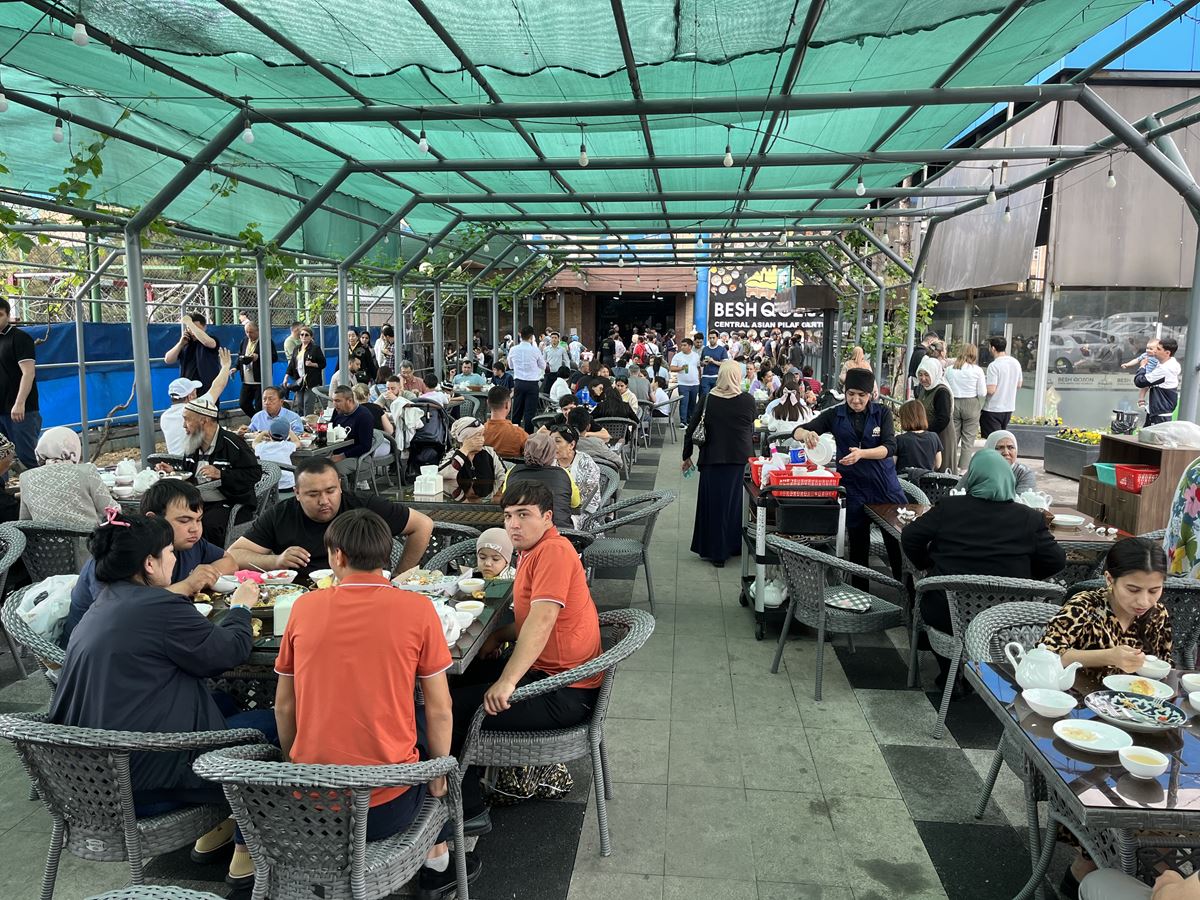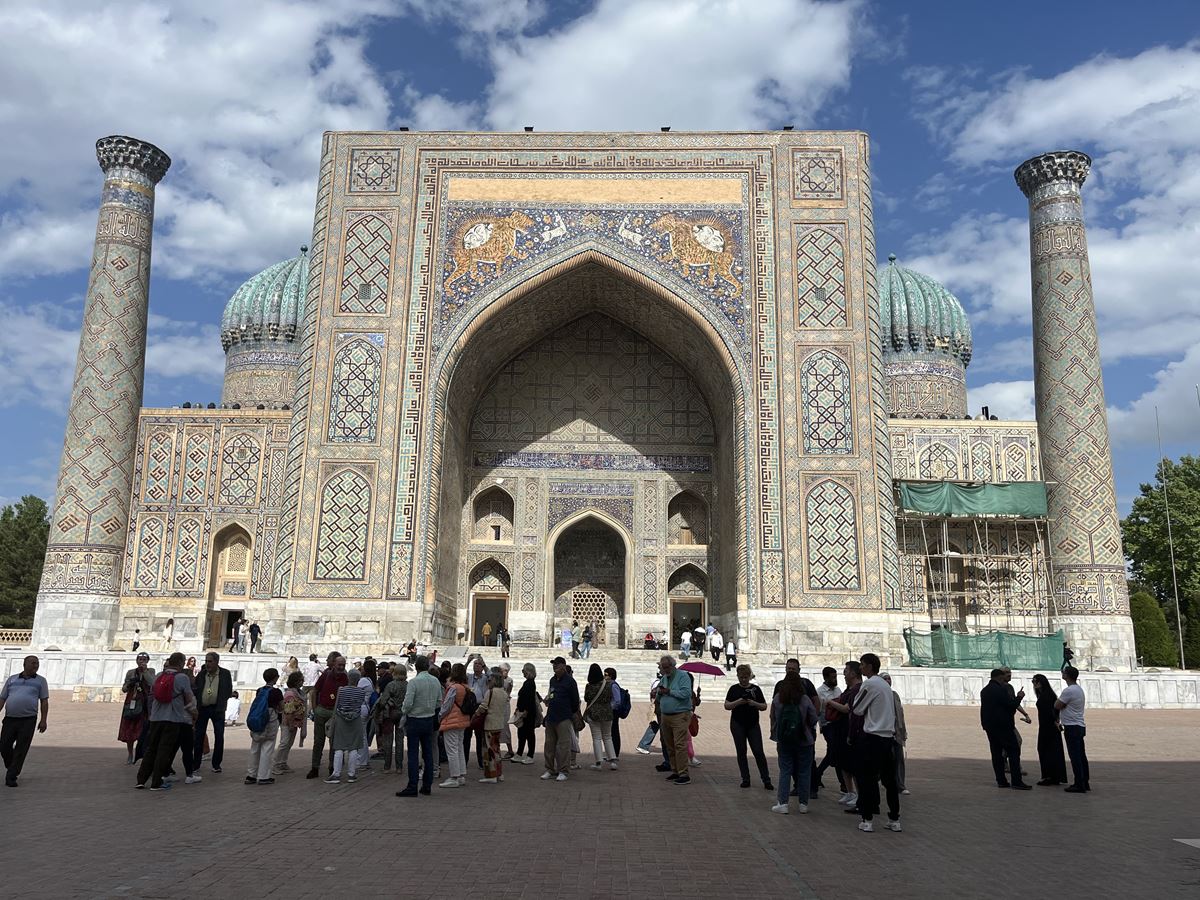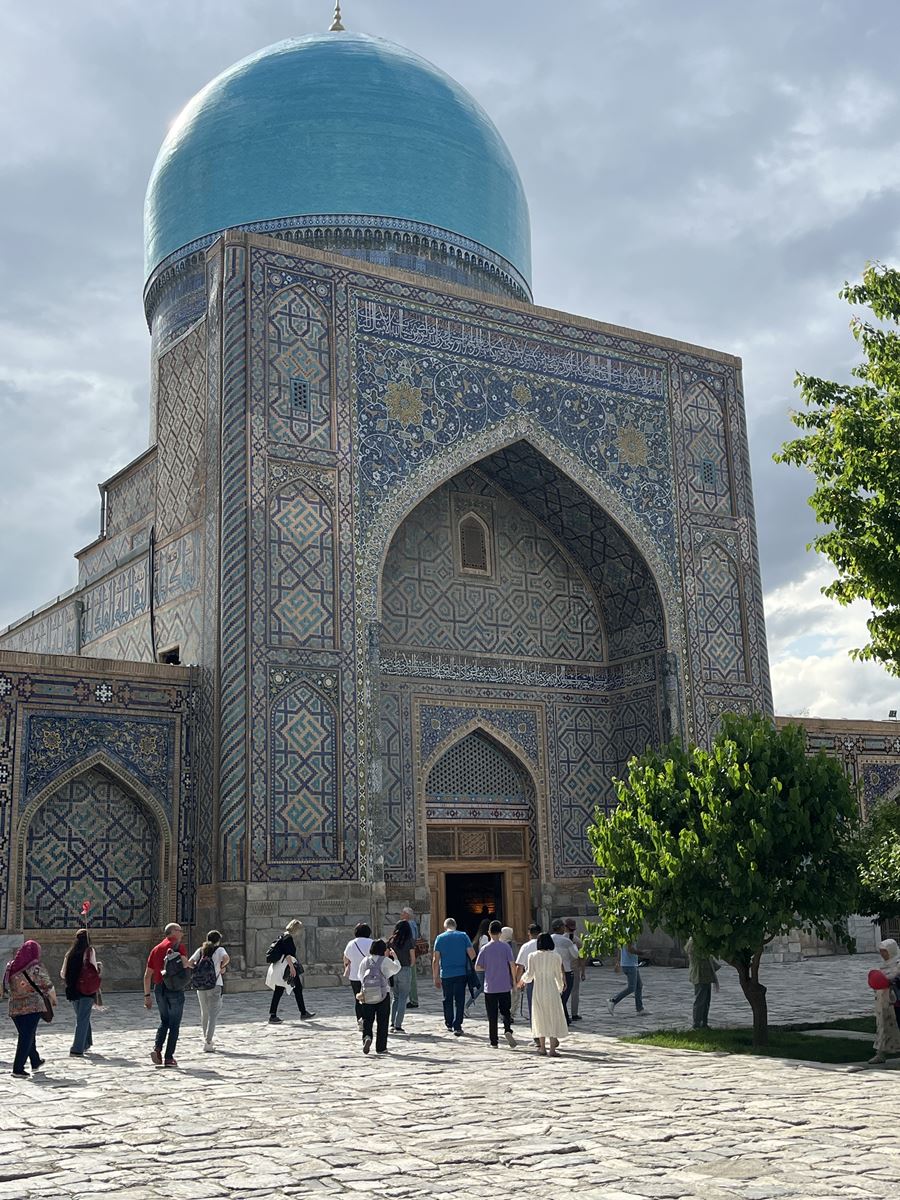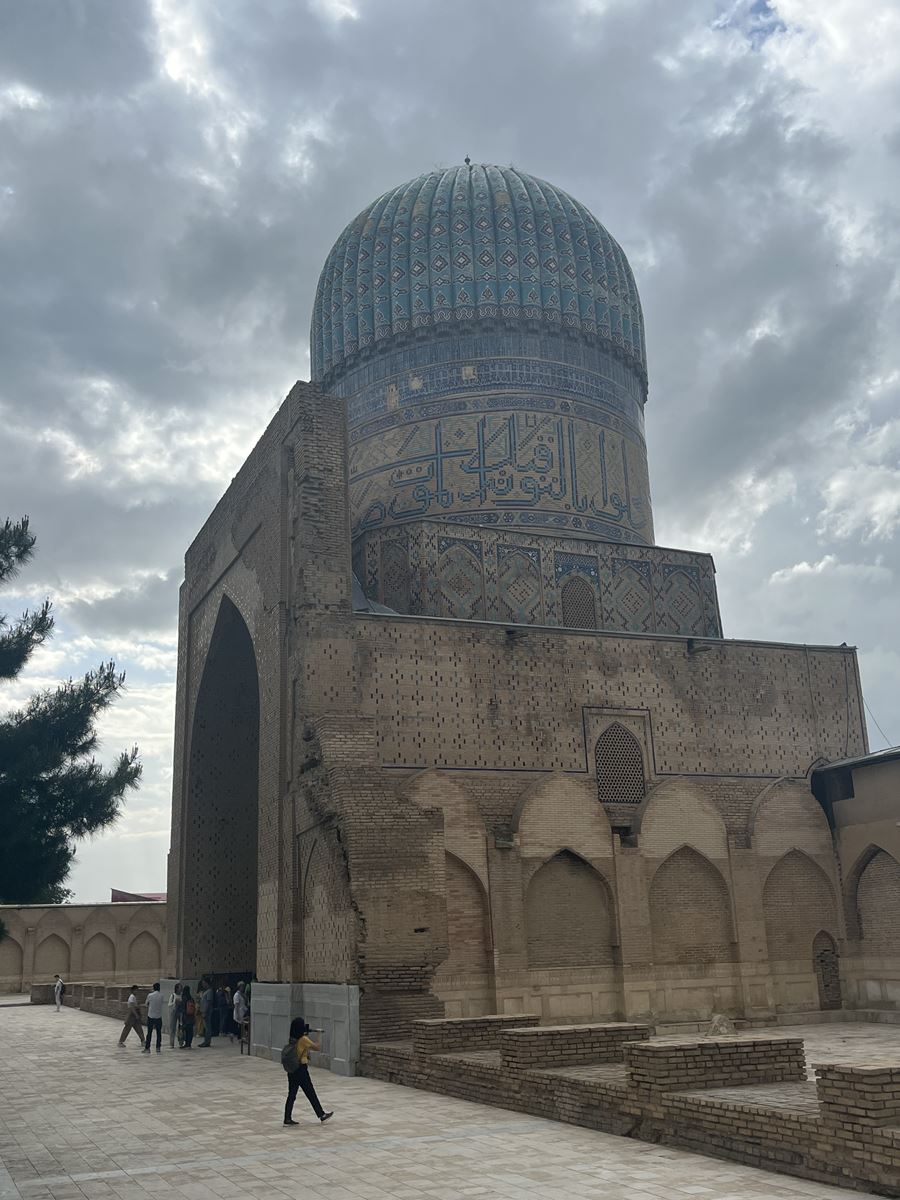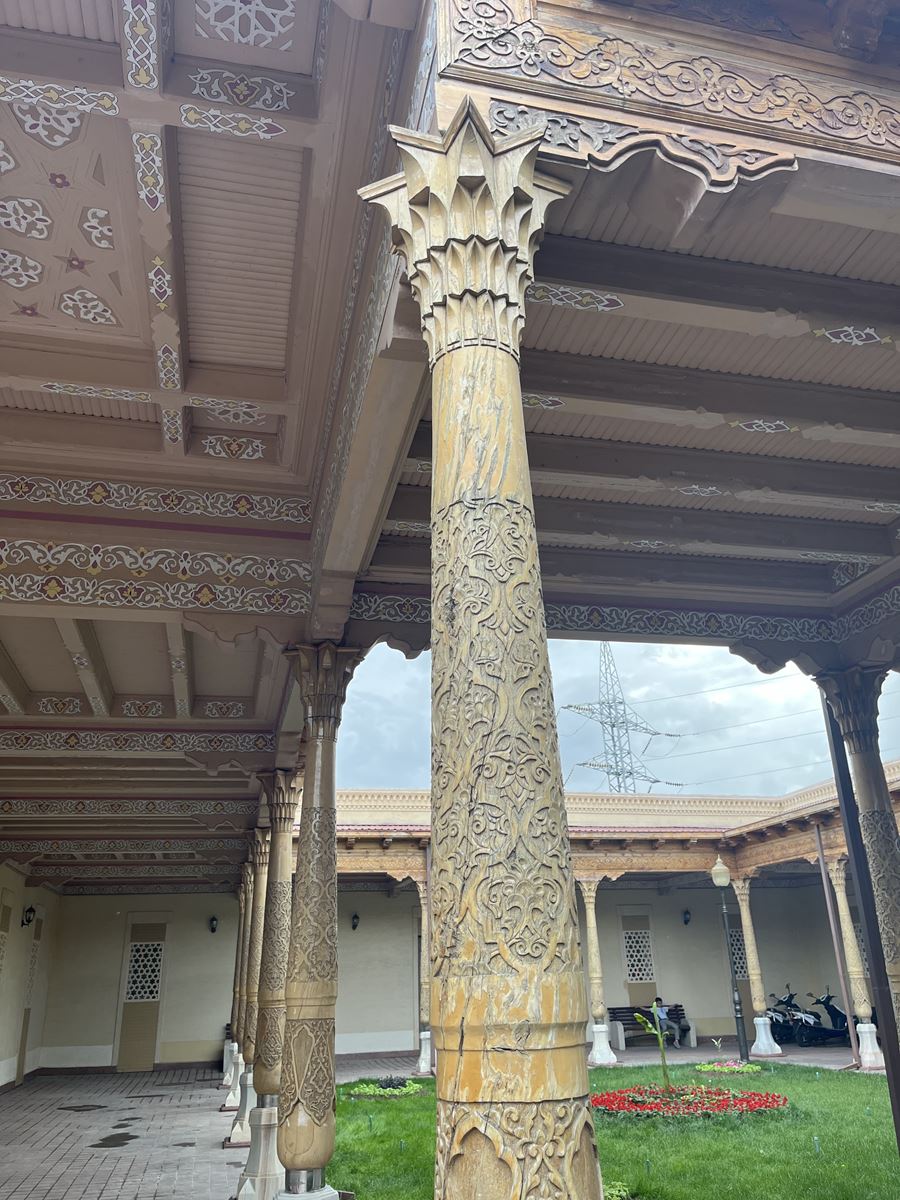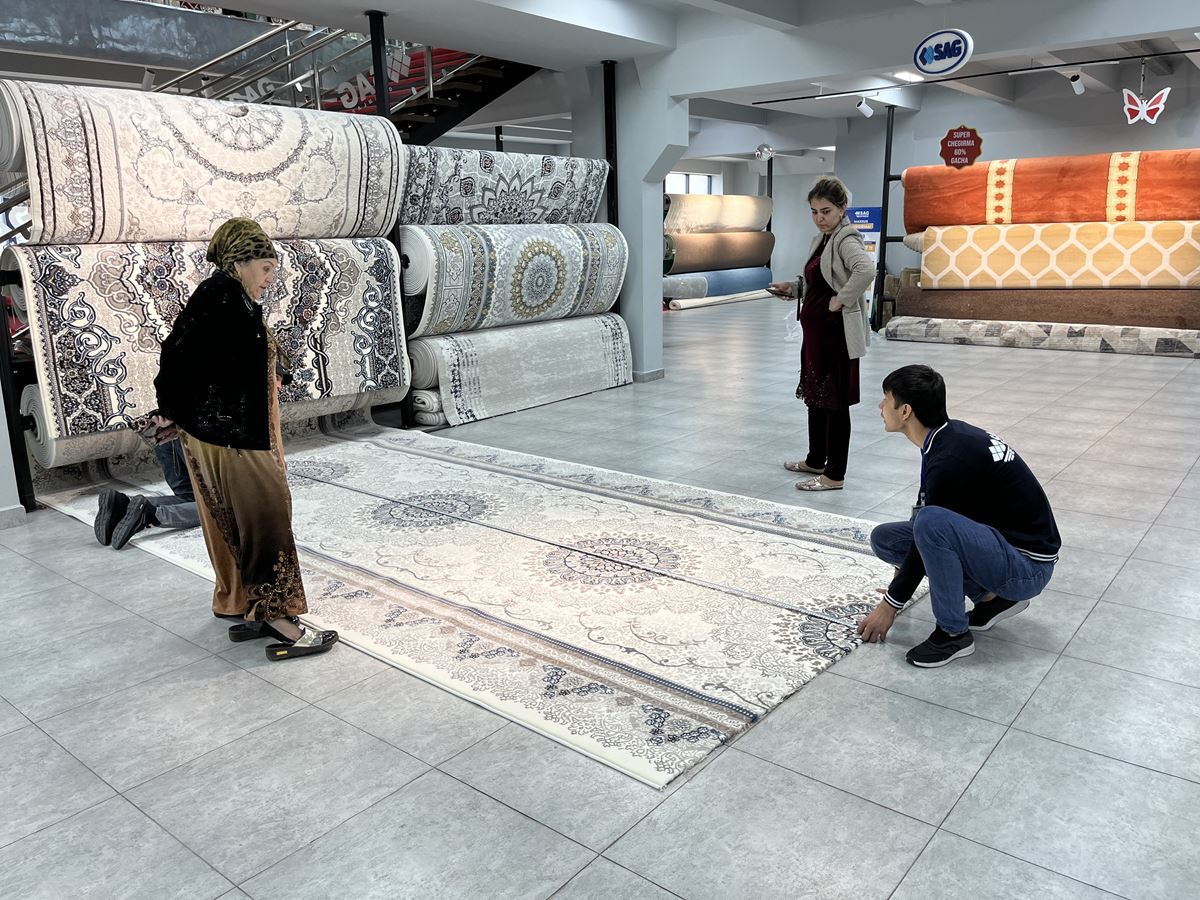Uzbekistan through Hungarian eyes: we visited Tashkent and Samarkand – Photo gallery
Central Asia is always an excellent travel destination for Hungarians, as here we can find the common roots of our history while entering a world that is quite different from our own. We visited Uzbekistan, and this time, we took a closer look at Tashkent and Samarkand.
Uzbekistan
Uzbekistan is a curiosity even for experienced Hungarian tourists, as it is not a typical tourist paradise where hundreds of thousands of Hungarians flock year after year. Still, it deserves more attention for its attractions, culture, and gastronomy.
Perhaps we should start from the fact that this Central Asian country has a population of 35 million and a surface area of 447,000 km2. The former Silk Road ran through the region, giving it the commercial and cultural plus that made it stand out from its neighbours.
Interestingly, it is one of only two countries in the world, along with Liechtenstein, that must cross at least two states to access the world’s oceans. Geographically, the area is heavily mountainous but rich in mineral resources, which could provide the basis for economic development in the coming decades, and the recent reforms that have been announced offer excellent opportunities for foreign investors. Read more here: Taskent International Investment Forum 2024: record number of participants, $26.6 billion in contracts signed
Uzbekistan, as a former member of the Soviet Union, has many Soviet legacies, such as Russian, rather than English, as the universal language, Cyrillic letters are still used in many places, but most young people now speak English. Looking at the cars, it is not uncommon to see a Siguli or a Volga, although the vast majority of cars are American Chevrolets in white or black.
Some of the public spaces still bear the old markings, but at the same time, Tashkent, for example, has in recent years seen the erection of huge skyscrapers, such as the Nest One Main Tower, the tallest office building at 266 meters, almost twice the height of our MOL tower. Still, there are also plenty of other sky-high buildings that proclaim that we are in a country that is becoming stronger and more dynamic.
Tashkent
As tourists, our first stop will be Tashkent International Airport, directly accessible from Budapest, starting from 30 June. The airport is modern and has its own airline, Uzbekistan Airways. The city centre is a 20-minute drive away, where you will find international hotel chains (Hilton, InterContinental, Hyatt, etc.). Still, there are also smaller hotels where you can relax after a long day of travelling and touring.
As Tashkent is not usually on the top 10 list of European or American tourist destinations, we didn’t bump into onlooking foreigners on every corner, but this was a positive for us. Walking the streets, we were immersed in the daily life of the Uzbek people, and, more importantly, the capital is a livable and clean city. There is a lot of green space, the parks have a good atmosphere, and the large boulevards are lined with huge trees.
In the evening, the city takes on a completely different look: the most spectacular buildings are illuminated, the largest city park is lit up with special lighting to entertain the onlooker, and the Magic City is truly magical, as the name suggests. I highly recommend it for theme park lovers, especially as Budapest hasn’t had a similar attraction for a long time.
Uzbekistan has a Muslim population of almost 90%, so there is a cultural influence of Islam, but at the same time, the Turkic connection makes the Uzbek people feel close. Amir Timur (1336-1405) created a vast empire in Central Asia, so a biography of the great leader is a must for history buffs, at least to a moderate degree. Tashkent has a park, a statue, and even a museum dedicated to Amir Timur, and he proudly proclaims that the natives of Uzbekistan conquered many of the surrounding states using Mongol-Turkish cavalry warfare, which was the basis for the earlier warfare of the Hungarian conquerors.
Also typical of Uzbek landmarks is the ornate gate, on which unique patterns have been painted, and the main defining feature is the blue and white colour scheme. Stopping in front of one of these gates, one can admire the dazzling motifs that dazzle the Hungarian eye.
Such buildings can also be found in Tashkent, which will later be revealed in all its glory in Samarkand and Bukhara. The Kukeldash Madrasah, or Hazrati Imam complex, which we visited, used to be a mosque but is now a tourist attraction in bright colours, where anyone can enter and take pictures or buy souvenirs. Nearby, there is a pleasant park where you can take a break.
If you’re looking for an authentic market atmosphere, head to Chorsu Bazaar, a place to visit on Sundays, when Uzbeks from all over the capital and the countryside come to buy potatoes from trucks, locally processed beef, and mutton, but also a vast selection of dairy products (cottage cheese, cheese) and vegetables. It is particularly recommended to bring pistachios, almonds or dried fruit from here, which are much cheaper than in Hungary.
There are several metro lines in Tashkent, and several downtown stations are unmissable for tourists. They are decorated with unique paintings and light fixtures, with a touch of Soviet nostalgia. The most famous and perhaps the most beautiful is the Kosmonavtlar metro station, but you can also see spectacular elements in the surrounding stations.
If you want to see the Uzbek capital from above, head to the upper levels of the 375-meter-high Tashkent Tower for a panoramic view.
Not far from the tower is the city and one of the points of pride of the locals, the Plov (Uzbek rice meat) Center, where the traditional Uzbek dish is prepared in giant cauldrons. Here, you can take photos and get up close to each cauldron. And if you fancy it, you can have a bowl of plov next to the show kitchen.
The Uzbeks, who are very proud of their gastronomy, offer a variety of salads as starters, and we can highly recommend lamb soup. Main courses include local beef or lamb dishes, but horse meat is also standard on the menu. As for desserts, those who prefer caramel are definitely in for a treat, as most cakes contain some form of burnt sugar. In fact, Uzbek cuisine is worth a separate article because it is very tasty and is very popular with Hungarians.
Samarkand
If you want a taste of rural Uzbekistan, the Samarkand-Buhara-Khiva triangle is a great destination, with its magnificent buildings and authentic markets. This time, we travelled to Samarkand on the former Silk Road, 300 kilometres from the capital, and got there in about two hours by train, which was a clean, comfortable, and quick option.
Our first trip was to the Gur-Emir Mausoleum, where Timur’s resting place was located. Let our pictures speak for us:
After the mausoleum, we moved on to the ancient centre of Samarkand, Registan Square, whose name means sandy place or desert in Persian. The square is framed by three monumental buildings, known as madrasa: the Ulug Bey Madrasa, the Tilla Kari Madrasa, and the Shir Dar Madrasa, built in the 15th and 17th centuries. The Registan was a public square where people gathered to hear royal proclamations, but it was also the site of public executions. It is now a tourist attraction, with exhibitions and souvenir shops inside the buildings.
Bibi-Khanym Mosque is the third attraction we would definitely recommend to visitors. Although it is not a place of worship, it retains its splendid colours and religious character and is a pleasant walk from Registrant Square.
Samarkand is a cultural centre, but it is also very strong economically. For example, it can produce outstanding-quality carpets and fabrics. We went to the SAG showroom, where they produce everyday products or even custom-made carpets decorated with jewels.
Conclusion
We recommend Uzbekistan to Hungarian tourists looking for something special at an affordable price, i.e. not the usual destinations (Prague, Egyptian beach, Roman holiday). In this post-Soviet country, you can feel the cultural and religious differences from Hungary, but you also feel at home as the rich past intersects with the future built before you. Uzbeks know and understand the significance of the Turan and are very proud to have a distant sister nation that has preserved the memory of the Turkic peoples in Western Europe.
- You can read our article in Hungarian HERE – Üzbegisztán magyar szemmel: Taskentben és Szamarkandban jártunk – Helló Magyar
Also interesting:
please make a donation here
Hot news
What happened today in Hungary – 26 July, 2024
Drama: number of births in a 20-year low in Hungary
Yay or nay? – 6 odd Hungarian delicacies that make our skin crawl
Budapest tourism “exploded” this past weekend
Container transport in Budapest may stop: How will this affect Hungarian economy?
Minister: Hungary will protect its territory by every means possible






